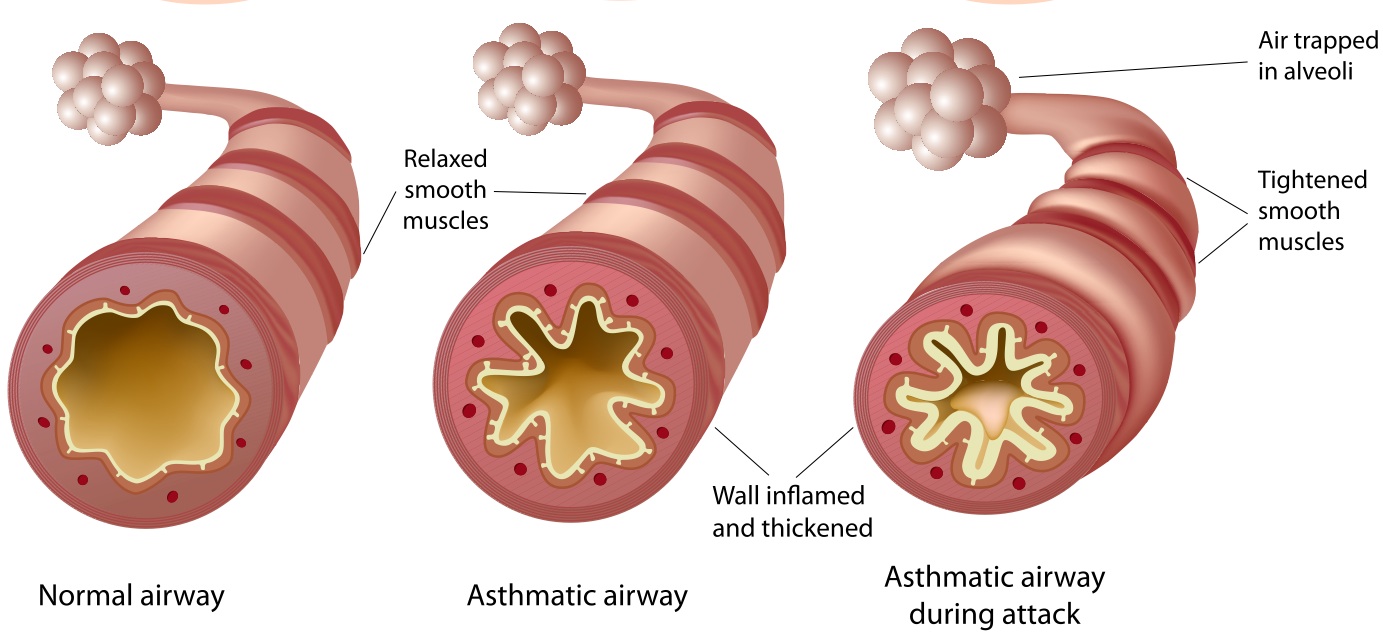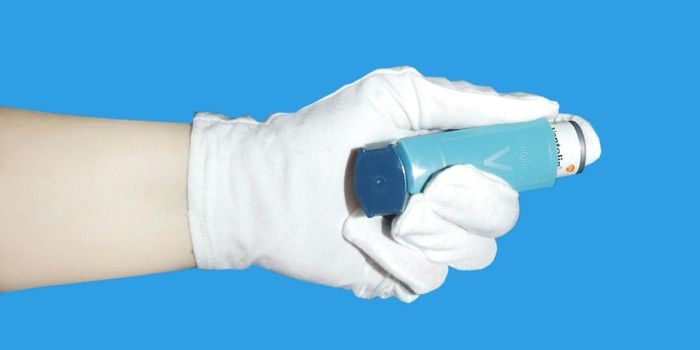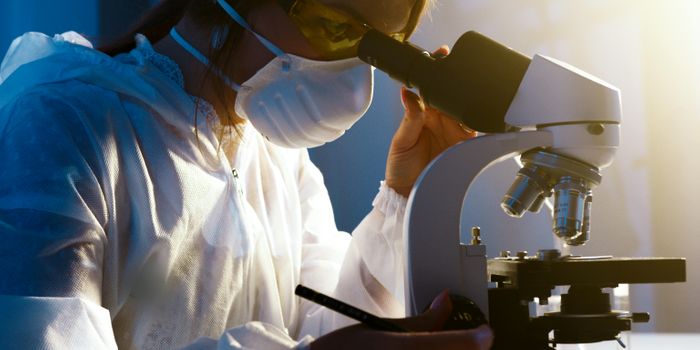Discovery of a Protein led to a Therapeutic Approach For Asthma
Asthma is a chronic respiratory disease . It is common and affects more than 300 million people worldwide and over 40 million people in the United States. Individuals with asthma and other respi ratory il lnesses have recurrent episodes of chest tightness, wheezing, pulmonary obstruction and severe respiratory problems.
Now, a new treatment for asthma and other respiratory disorders was discovered by researchers at Rutgers New Jersey Medical School, findings were published in Science Translational Medicine. The discovery could lead to an increased effectiveness of drug therapy for millions of sufferers.
Lead investigator and immunologist, Luis Ulloa, from Rutgers New Jersey Medical School, and collaborators from Shanghai University in China studied over 6,000 compounds and noted a drug (TSG12) that relaxes the smooth muscles and opens the airways in those with asthma. The drug treatment is not toxic in human cells and works to target pulmonary resistance in egg -and dust mite-induced asthma. "It is not a cure, but I think this treatment will give people a lot of hope," said Ulloa. "There are a growing number of patients with no alternative because the current treatments either have critical side effects or aren't working. We hope this will give patients a better option."
This four-year research study found that the metallothionein-2 (MT-2) protein in the asthmatic lung tissue relaxes smooth muscle cells and opens the airways. This allows individuals suffering from asthma to breathe. The investigators also discovered that MT-2 was signifcantly lower in asthmatic lung tissue. Additionally , mouse models without the MT-2 protein were two-times more prone to asthma and therefore , treating them with MT-2 had a positive effect on breathing issues related to asthma.

The identification of the MT-2 protein and its relationship to asthmatic lung tissue was discovered after the transfer of short electrical pulses into mouse models through electroacupuncture needles. This allowed researchers to also identify the specific drug (TSG12) that is believed to provide better therapeutic treatment options for asthma and other respiratory disorders.
The discovery of the MT-2 protein developed the TSG12 treatment. The tretament is seen to relax the smooth muscle cells, expand the pulmonary airways, reduce pulmonary resistance, and be of a better efficacy than current FDA-approved treatments, such as bronchodilator inhalers, which is currently in use by most individuals with a sthma .
Even though treating asthma and respiratory conditions like chronic obstructive pulmonary disease (COPD) with a bronchodilator in order to relax and improve the airways in the lungs making breathing easier, the TSG12 drug is a promising therapeutic strategy, however, the mechanism behind how this drug works is still misunderstood .

Luis Ulloa believes the problem with the current approved drugs is that they have critical side effects that decrease the strength of the immune system and increase the risk of secondary infections. Additionally, he believes that these drugs do not provide enough relief to almost one-third of asthmatic individuals and over a period of time patients do not respond to treatment and have persistent uncontrolled symptoms . "We found that the TSG12 used in the study is both non-toxic and more effective in reducing pulmonary resistance and could be a promising therapeutic approach for treating asthma without losing their effectiveness overtime," explains Ulloa.








